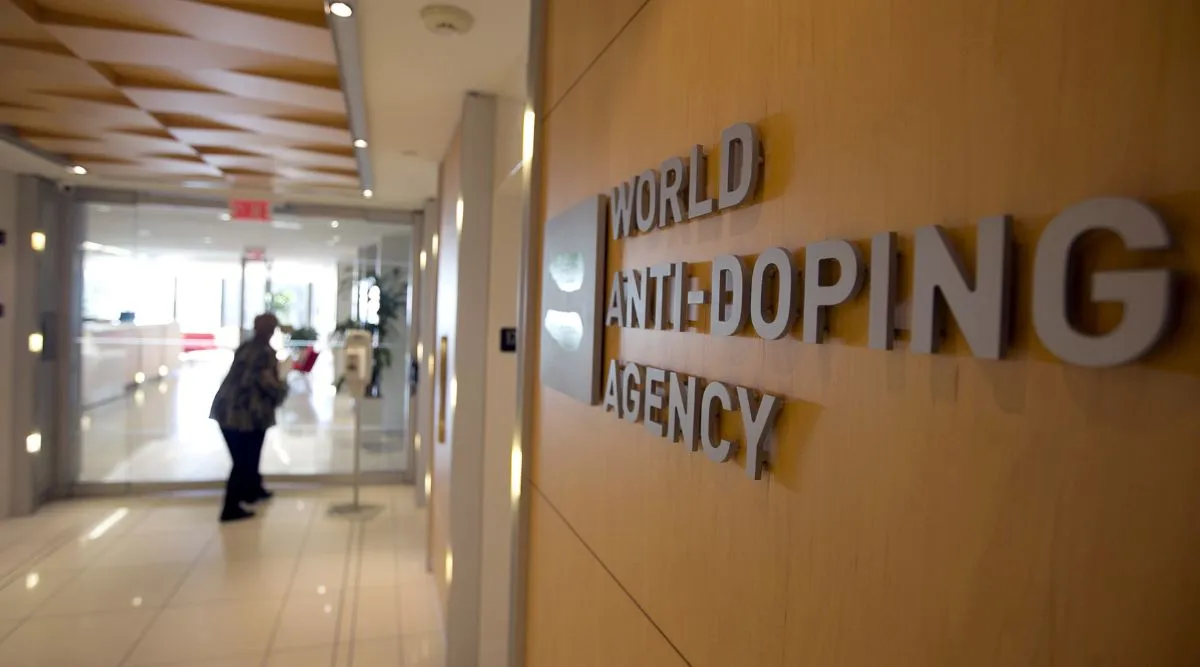Free Courses Sale ends Soon, Get It Now


Free Courses Sale ends Soon, Get It Now



Copyright infringement not intended
Picture Courtesy: https://indianexpress.com/article/sports/sport-others/wada-exposes-nada-misdoings-missed-dope-tests-faulty-system-whereabouts-failures-8847154/
Context: A new report by the World Anti-Doping Agency (WADA) reveals that India has the highest number of anti-doping violations (positive tests) in 2022.
Details
Doping Statistics and Rankings
Comparison with Other Countries
WADA's Observations
|
World Anti-Doping Agency (WADA) ●The World Anti-Doping Agency (WADA) is a foundation established to lead the global effort in the fight against doping in sports. ●WADA was initiated by the International Olympic Committee (IOC) and was officially created in 1999, in Lausanne, Switzerland, following the "Declaration of Lausanne." ●Its primary goal is to promote, coordinate, and monitor efforts to combat drug use in sports globally. ●WADA's headquarters have been located in Montreal, Quebec, Canada, since 2002, with regional offices in Europe, Africa, Asia/Oceania, and Latin America. ●WADA collaborates with organisations like the Council of Europe and UNESCO to promote international standards and regulations against doping. ●The UNESCO International Convention Against Doping in Sport, ratified by 189 states, provides a legally binding framework for governments to align their domestic policies with the World Anti-Doping Code. |
Root Causes and Contributing Factors
Incidents and Trends
Response from Athletics Federation of India (AFI)
|
The AFI is the national governing body for track and field athletics in India. Established in 1943 (originally named Amateur Athletic Federation of India), it's responsible for organising national competitions and is affiliated with international organisations like World Athletics and the Asian Athletics Association. |
Education and Awareness Initiatives
Conclusion
Must Read Articles:
NATIONAL ANTI-DOPING AGENCY (NADA)
Source:
|
PRACTICE QUESTION Q. Doping scandals have tarnished the image of Indian sport. Analyse the effectiveness of the current anti-doping framework in India. What challenges does it face, and how can the governance structure be strengthened to create a culture of clean sport and deter doping practices? |
© 2024 iasgyan. All right reserved